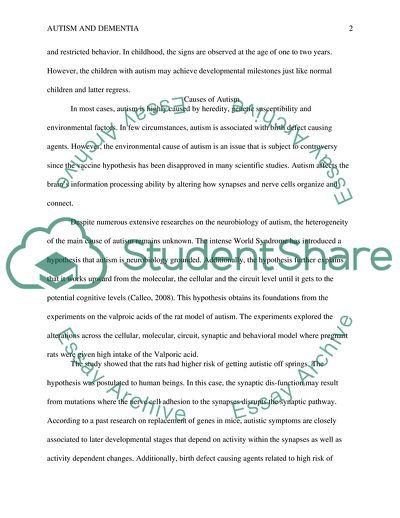Cite this document
(Autism and Dementia Case Study Example | Topics and Well Written Essays - 1250 words, n.d.)
Autism and Dementia Case Study Example | Topics and Well Written Essays - 1250 words. https://studentshare.org/psychology/1859666-neurodevelopmental-and-neurocognitive-disorders-paper
Autism and Dementia Case Study Example | Topics and Well Written Essays - 1250 words. https://studentshare.org/psychology/1859666-neurodevelopmental-and-neurocognitive-disorders-paper
(Autism and Dementia Case Study Example | Topics and Well Written Essays - 1250 Words)
Autism and Dementia Case Study Example | Topics and Well Written Essays - 1250 Words. https://studentshare.org/psychology/1859666-neurodevelopmental-and-neurocognitive-disorders-paper.
Autism and Dementia Case Study Example | Topics and Well Written Essays - 1250 Words. https://studentshare.org/psychology/1859666-neurodevelopmental-and-neurocognitive-disorders-paper.
“Autism and Dementia Case Study Example | Topics and Well Written Essays - 1250 Words”. https://studentshare.org/psychology/1859666-neurodevelopmental-and-neurocognitive-disorders-paper.


